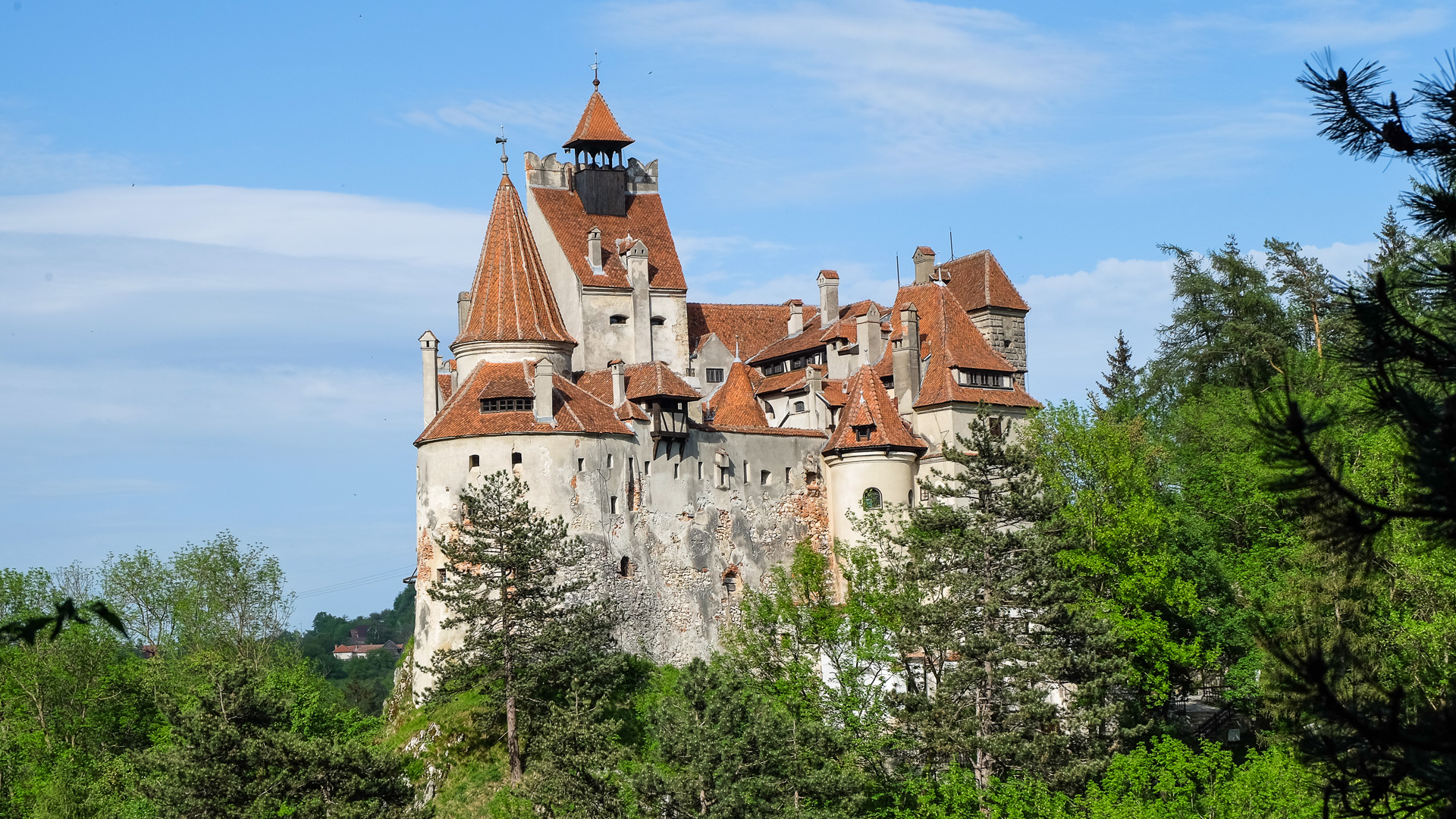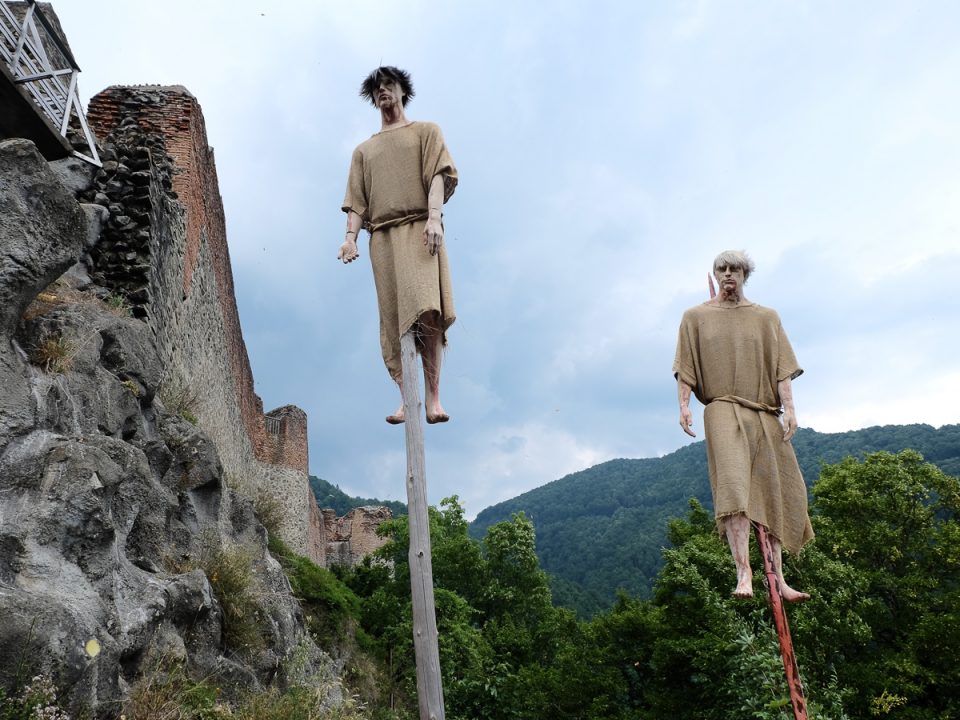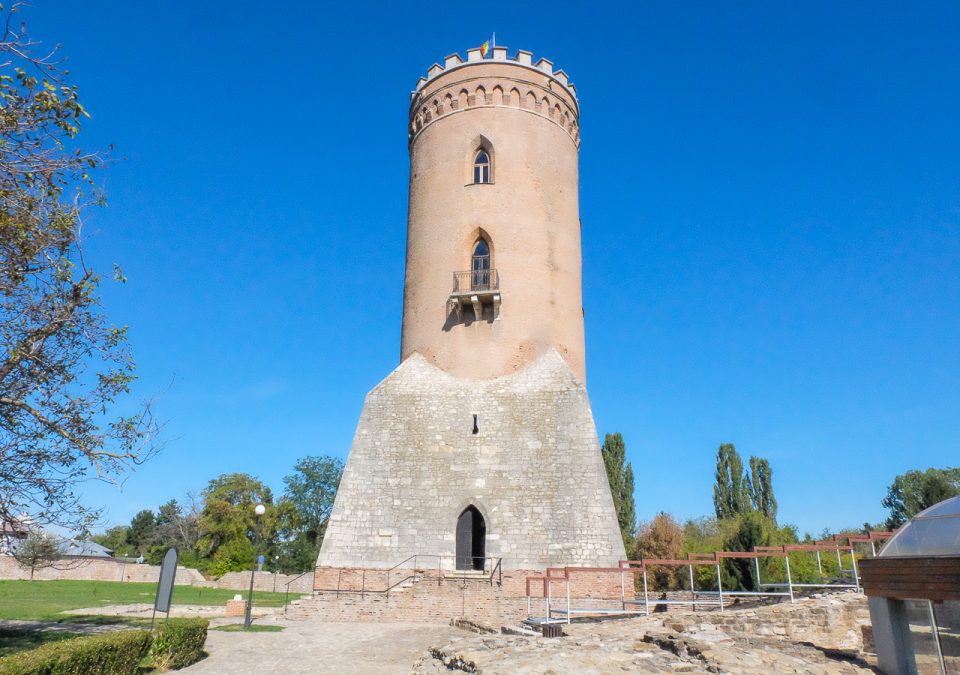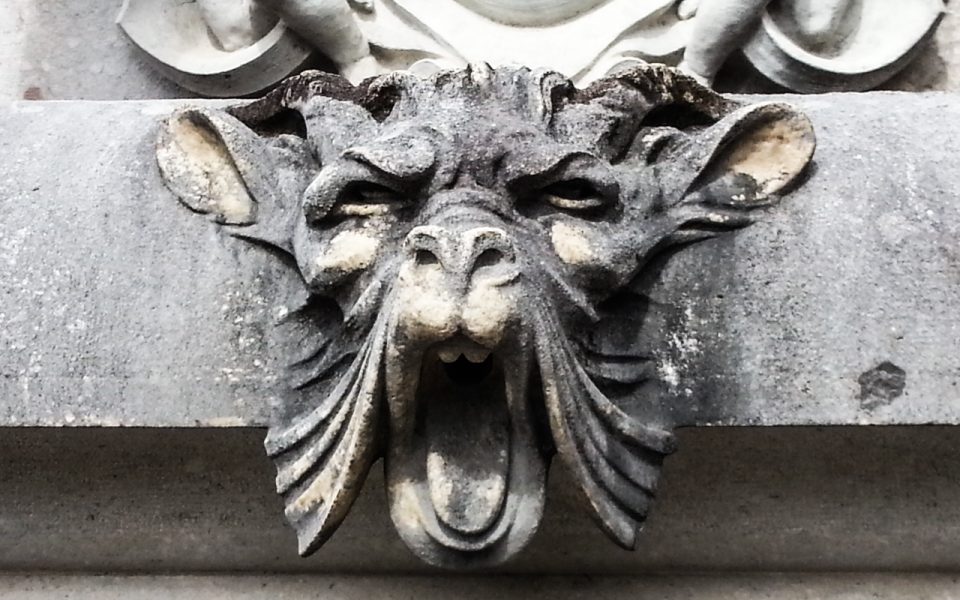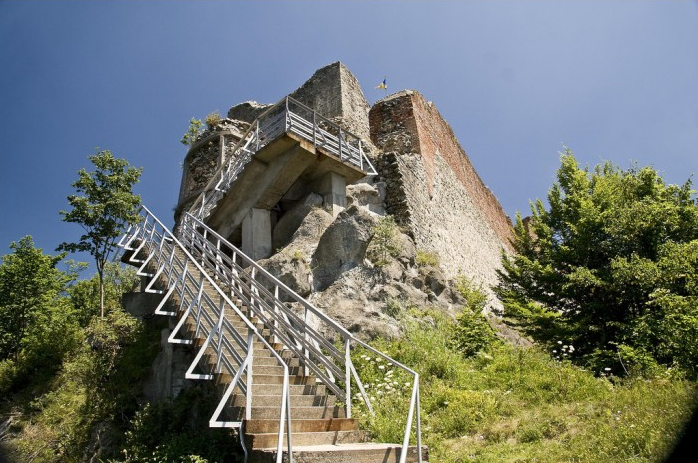Vlad Țepeș (Vlad the Impaler) alias Dracula:
- Historical Figure: Vlad III, commonly known as Vlad Țepeș or Vlad the Impaler, was a 15th-century ruler of Wallachia, a historical region in present-day Romania. He reigned in several periods between 1448 and 1476.
- Legacy of Impalement: Vlad earned his ominous nickname “Țepeș” (the Impaler) due to his preferred method of executing his enemies: impalement. He is estimated to have killed tens of thousands this way, primarily as a means to deter invasions and suppress internal rebellions. His reputation for extreme cruelty spread throughout Europe.
- Defender Against the Ottomans: Despite his brutal reputation, Vlad Țepeș is also remembered as a patriotic leader who fiercely defended his homeland against the expansive Ottoman Empire. His guerrilla warfare tactics and uncompromising stance made him a formidable opponent to the Turks.
Dracula: From History to Horror
- Etymology: The name “Dracula” is derived from the Order of the Dragon (Latin: “Dracul”), a chivalric order to which Vlad’s father belonged. As a result, Vlad III was often referred to as “Dracula,” meaning “son of the dragon” or “son of Dracul.”
- Bram Stoker’s Novel: The connection between Vlad Țepeș and the fictional vampire Dracula is primarily due to Irish author Bram Stoker’s 1897 Gothic horror novel, “Dracula.” While Stoker’s titular character is a vampire who terrorizes England and feeds on the blood of the living, it’s essential to note that Stoker never explicitly identifies Vlad Țepeș as the vampire Dracula in his book.
- Inspiration and Fiction: It’s believed that Stoker was inspired by the tales of Vlad’s brutality and by other European folklore about vampires. However, he took creative liberties, blending these sources to craft his iconic character. The fictional Dracula’s traits, such as immortality, blood-drinking, and aversion to sunlight, are not attributes of the historical Vlad.
- Popular Culture: Over the decades, the character of Dracula has been adapted countless times in films, television shows, and other media. This widespread portrayal of Dracula as a vampire has often led to conflations between the fictional character and the historical figure of Vlad Țepeș.

